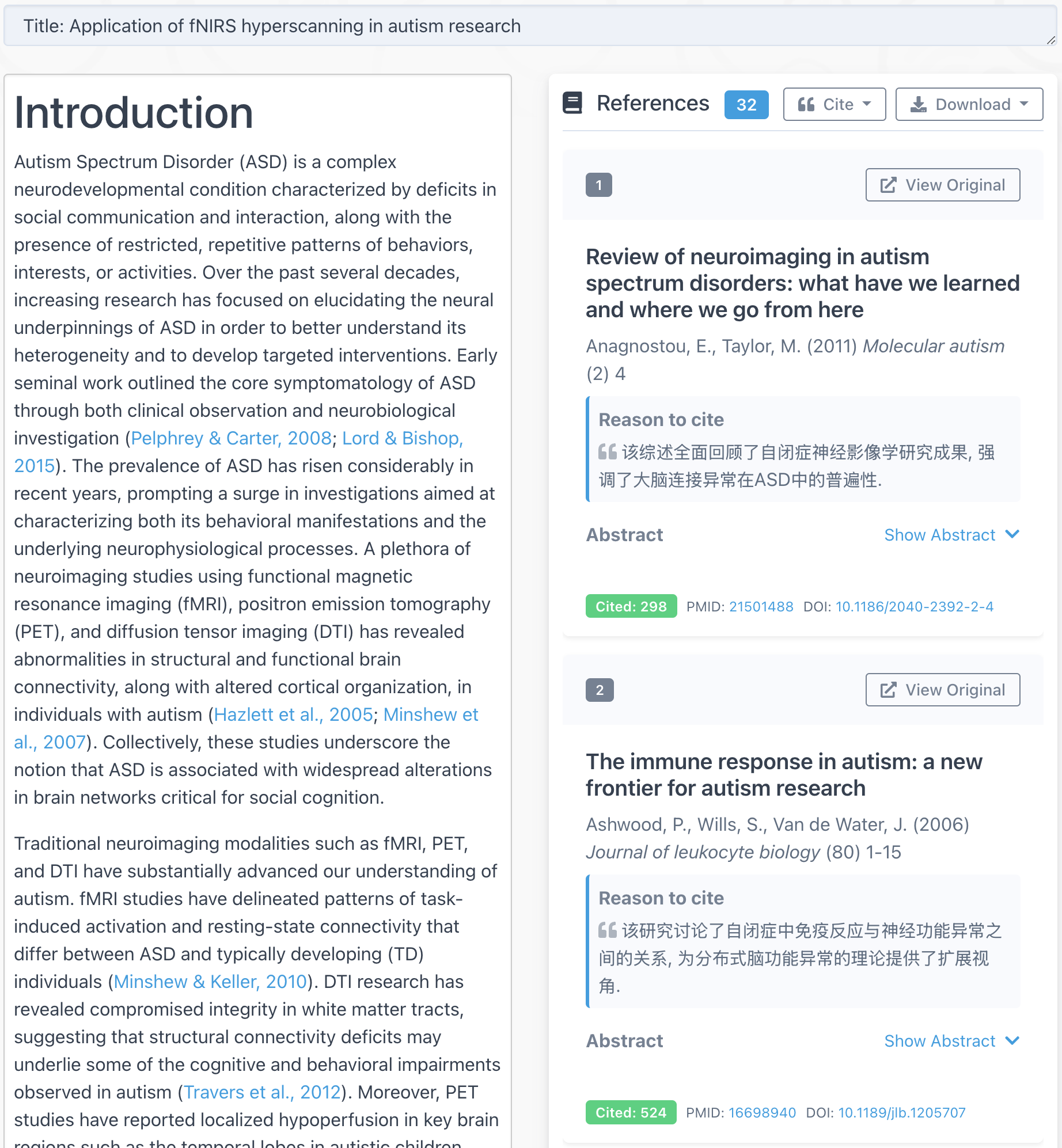
香港中文大学二年级博士生胡玥为大家介绍一篇方法学文献,即基于人工神经网络重構的多通道fNIRS信号运动伪影校正。该方法不仅对心理学,还对运动科学以及康复医学等领域的研究具有重要的参考价值,热烈欢迎大家参与讨论。
时间: 北京时间2020年12月27日周日上午10点
地点: https://zoom.com
房间号: 859 4100 6556
密码: 467563
Lee, G., Jin, S. H., & An, J. (2018). Motion artifact correction of multi-measured functional near-infrared spectroscopy signals based on signal reconstruction using an artificial neural network. Sensors, 18(9), 2957. 点击查看
该文献的PUBMED信息
PMID: 30189651
PMCID: PMC6164948
DOI: 10.3390/s18092957
Abstract: In this paper, a new motion artifact correction method is proposed based on multi-channel functional near-infrared spectroscopy (fNIRS) signals. Recently, wavelet transform and hemodynamic response function-based algorithms were proposed as methods of denoising and detrending fNIRS signals. However, these techniques cannot achieve impressive performance in the experimental environment with lots of movement such as gait and rehabilitation tasks because hemodynamic responses have features similar to those of motion artifacts. Moreover, it is difficult to correct motion artifacts in multi-measured fNIRS systems, which have multiple channels and different noise features in each channel. Thus, a new motion artifact correction method for multi-measured fNIRS is proposed in this study, which includes a decision algorithm to determine the most contaminated fNIRS channel based on entropy and a reconstruction algorithm to correct motion artifacts by using a wavelet-decomposed back-propagation neural network. The experimental data was achieved from six subjects and the results were analyzed in comparing conventional algorithms such as HRF smoothing, wavelet denoising, and wavelet MDL. The performance of the proposed method was proven experimentally using the graphical results of the corrected fNIRS signal, CNR that is a performance evaluation index, and the brain activation map.


